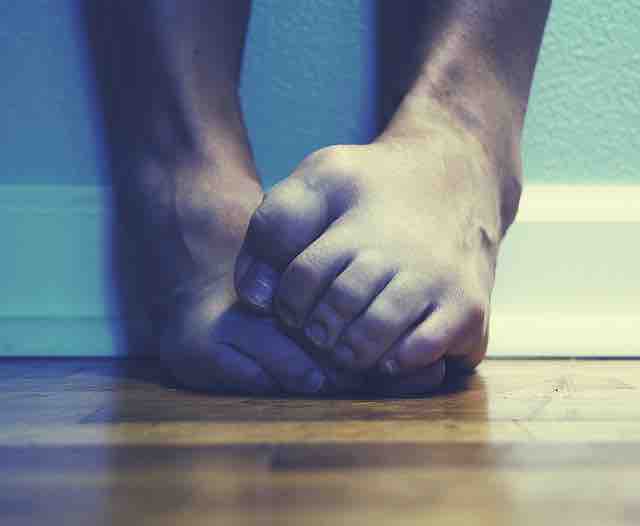Situational Anxiety
What is Situational Anxiety?
Stage fright or performance anxiety is the anxiety, fear, or persistent phobia which may be aroused in an individual by the requirement to perform in front of an audience, whether actually or potentially (for example, when performing before a camera). In the context of public speaking, this may precede or accompany participation in any activity involving public self-presentation .

Situational Anxiety
Situational anxiety, often referred to as stage fright with regard topublic speaking, is a temporary, short-term form of anxiety triggered bycertain situations or experiences.
In some cases, stage fright may be a part of a larger pattern of social phobia or social anxiety disorder, but many people experience stage fright without any wider problems. Quite often, stage fright arises in a mere anticipation of a performance, often a long time ahead. It has numerous manifestations:
- fluttering or pounding heart,
- tremor in the hands and legs,
- sweaty hands,
- diarrhea,
- facial nerve tics,
- dry mouth.
People and Situations Affected
Stage fright may be observed in people of all experiences and backgrounds, from those completely new to being in front of an audience to those who have done so for years. It is commonly known among everyday people, which may affect one's confidence in job interviews. It also affects actors, comedians, musicians, and politicians. Many people with no other problems can experience stage fright (also called performance anxiety), but some people with chronic stage fright also have social anxiety or social phobias which are chronic feelings of high anxiety in any social situation. Stage fright can also be seen in school situations, like stand up projects and class speeches.
Effects of Situational Anxiety
When someone starts to feel the sensation of being scared or nervous they start to experience anxiety. According to a Harvard Mental Health Letter, "Anxiety usually has physical symptoms that may include a racing heart, a dry mouth, a shaky voice, blushing, trembling, sweating, and nausea" (Beyond Shyness). It triggers the body to activate its sympathetic nervous system. This process takes place when the body releases adrenaline into the blood stream causing a chain of reactions to occur. This bodily response is known as the fight or flight syndrome, a naturally occurring process in the body done to protect itself from harm. "...The neck muscles contract, bringing the head down and shoulders up, while the back muscles draw the spine into a concave curve. This, in turn, causes the body to slump into a classic fetal position" (Managing Stage Fright).
In trying to resist this position, the body will begin to shake in places such as the legs and hands. Several other things happen besides this. Muscles in the body contract causing them to be tense and ready to attack. Second, blood vessels in the extremities constrict (Managing Stage Fright). This can leave a person with the feeling of cold fingers, toes, nose, and ears. Constricted blood vessels also gives the body extra blood flow to the vital organs.
In addition, those experiencing stage fright will have an increase in blood pressure, which supplies the body with more nutrients and oxygen in response to the fight or flight instincts. This, in return, causes the body to overheat and sweat. Breathing will increase so that the body can obtain the desired amount of oxygen for the muscles and organs. Pupils will dilate giving the speaker the inability to view any notes that are in close proximity. However, long range vision is improved making the speaker more aware of their audience's facial expressions and non verbal cues in response to the speaker's performance. Lastly, the digestive system shuts down to prepare for producing energy for an immediate emergency response. This can leave the body with the effects of dry mouth, nausea, or butterflies (Managing Stage Fright).